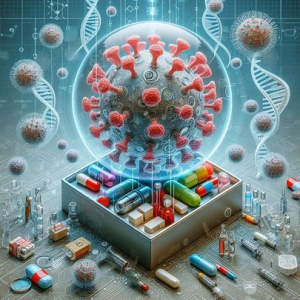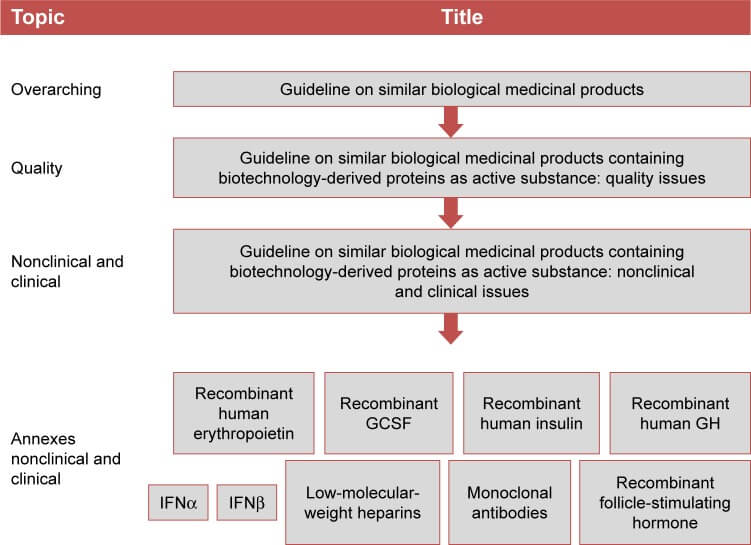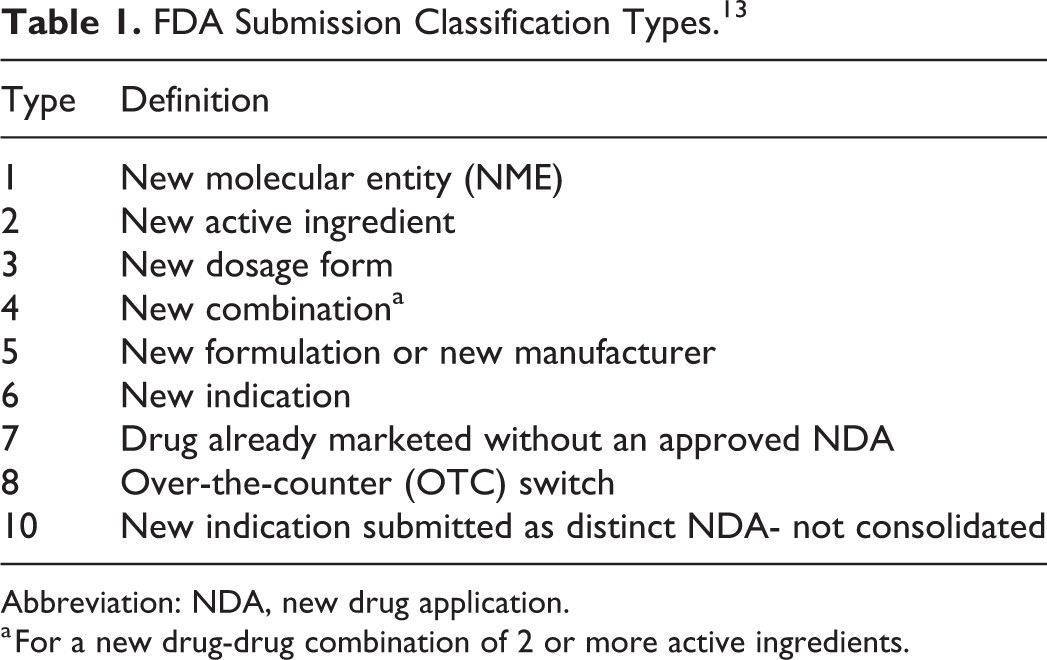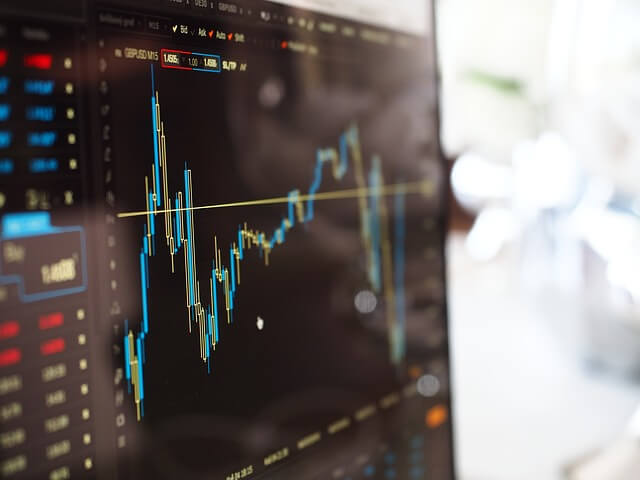
The introduction of biosimilars has significantly altered the landscape of biologic drug distribution models. Biosimilars, which are highly similar to their reference biologics but often offered at lower prices, have expanded treatment options for patients while reducing costs for the healthcare system. This shift has led to changes in how biologic drugs are distributed, priced, and accessed by patients.
Lower Prices and Increased Accessibility
One of the primary advantages of biosimilars is their lower cost compared to reference biologics. Since much of the upfront development phase has already been completed for the reference biologics, biosimilars can be developed at a lower cost, allowing drug companies to charge lower prices. This reduction in cost has made biologic treatments more accessible to patients who may have previously been unable to afford them. According to the Association for Accessible Medicines, biosimilars have the potential to save the US healthcare system more than $133 billion by 2025.
Shift in Distribution Channels
The increased adoption of biosimilars has led to changes in distribution channels. In the United States, the biosimilars market operates primarily through the buy-and-bill channel administered by physicians’ offices. This model allows for more efficient distribution and has contributed to the rapid uptake of biosimilars in the US market.
Impact on Provider Financial Performance
Biosimilars have also been shown to improve provider financial performance. A study published in 2023 found that biosimilar substitution decreased the total cost of care by an average of $1,193 per episode and resulted in a 15% reduction in the risk of providers needing to recoup costs for exceeding total cost of care benchmarks. This reduction in costs can free up resources for other areas of patient care.
Patient Out-of-Pocket Costs
The introduction of biosimilars has also had an impact on patient out-of-pocket costs. A study published in 2024 found that biosimilars were associated with lower out-of-pocket costs for patients compared to reference biologics. This reduction in out-of-pocket costs can make biologic treatments more accessible to patients who may have previously been deterred by high costs.
Economic Impact and Resource Utilization
Biosimilars have also been shown to have a significant economic impact on healthcare resource utilization. A systematic literature review published in 2024 highlighted the need for more real-world studies focused on drug costs as well as the additional costs associated with healthcare resource utilization. This review emphasized the importance of considering indirect costs such as medical visits, laboratory tests, and phone consultations when assessing the economic impact of biosimilars.
Global Market Growth
The biosimilars market is expected to continue its double-digit growth, doubling in size to more than $30 billion by 2025. This growth is driven by increasing adoption rates in both mature and emerging markets. In Europe, biosimilars adoption exceeds 46% by volume across all molecules, with variable uptake rates between individual markets and molecules.
Conclusion
In conclusion, the impact of biosimilars on biologic drug distribution models has been significant. Lower prices, increased accessibility, and changes in distribution channels have all contributed to the growth of the biosimilars market. The economic impact of biosimilars extends beyond drug costs, with significant implications for healthcare resource utilization and provider financial performance. As the market continues to grow, it is essential to consider the broader implications of biosimilars on the healthcare system.
References
- Pfizer. (2022). What Are Biosimilars, and How Do They Expand Treatment Options for Patients? Retrieved from https://www.pfizer.com/news/articles/what_are_biosimilars_and_how_do_they_expand_treatment_options_for_patients
- Jingyan, Y., Basit, C. I., Andrew, Y. T., Joshua, R., John, K., Ahmed, S., Lisa, T., & Meng, L. (2023). The Impact of Biosimilar Use on Total Cost of Care and Provider Financial Performance in the Medicare Oncology Care Model: A Population-Based Simulation Study. Retrieved from https://link.springer.com/article/10.1007/s12325-023-02703-x
- JAMA Health Forum. (2024). Patient Out-of-Pocket Costs for Biologic Drugs After Biosimilar Competition. Retrieved from https://jamanetwork.com/journals/jama-health-forum/fullarticle/2816952
- NCBI. (2024). The Economic Impact of Originator-to-Biosimilar Non-Medical Switching. Retrieved from https://www.ncbi.nlm.nih.gov/pmc/articles/PMC8799532/
- McKinsey. (2021). An Inflection Point for Biosimilars. Retrieved from https://www.mckinsey.com/industries/life-sciences/our-insights/an-inflection-point-for-biosimilars
























